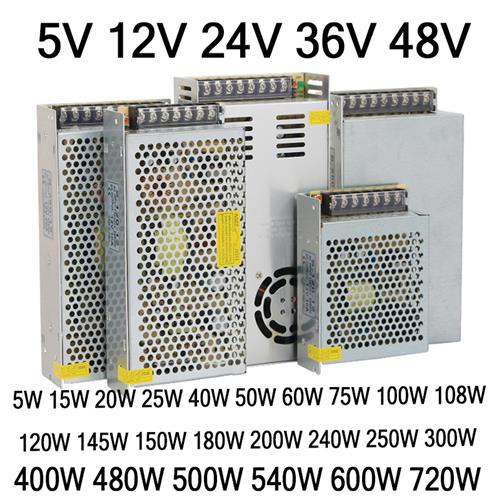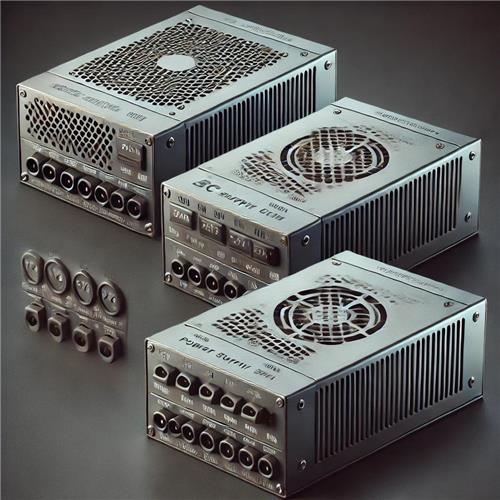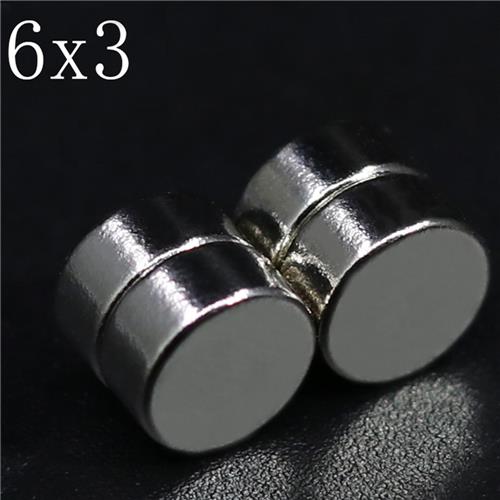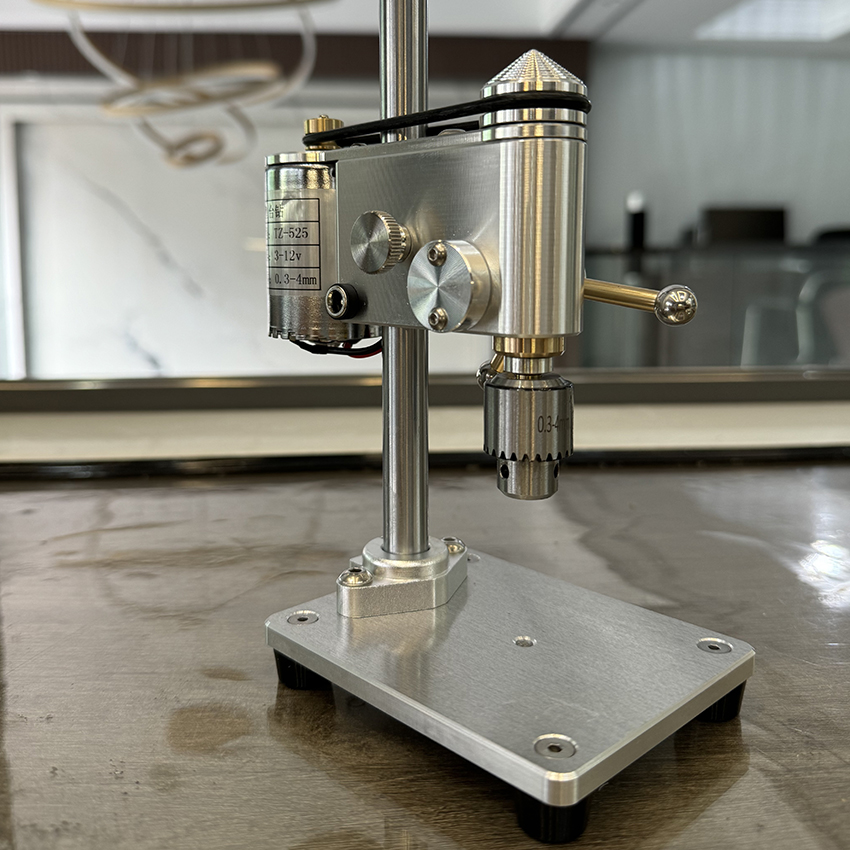Ultimate Guide to DC Power Supply: 12V, 24V, 36V, 48V, and More 🔋
Welcome to our comprehensive guide on DC power supplies! Whether you’re a DIY enthusiast, an engineer, or someone looking to power specific electronics, this guide will help you understand everything about SMPS (Switched Mode Power Supplies). We’ll cover different voltage and current options, efficiency, applications, comparisons, and how to choose the best one for your needs.
DC Power Supply Specifications 📊
DC power supplies come in various voltages and current ratings to fit different applications. Below is a table summarizing some of the most common specifications:
| Voltage | Current (A) | Power (W) | Common Applications |
|---|---|---|---|
| 5V | 1A – 10A | 5W – 50W | Arduino, Raspberry Pi, USB Devices |
| 12V | 1A – 50A | 12W – 600W | LED Strips, CCTV, PC Components |
| 24V | 1A – 30A | 24W – 720W | 3D Printers, Motors, Industrial Equipment |
| 36V | 1A – 20A | 36W – 720W | Electric Bikes, Power Tools |
| 48V | 1A – 15A | 48W – 720W | Solar Systems, Telecom, Servers |
Performance & Efficiency Analysis 💪
When selecting a DC power supply, efficiency is a critical factor. SMPS units are generally more efficient than linear power supplies because they convert electricity more effectively.
Efficiency Comparison:
- Linear Power Supplies: Efficiency ~50-60%, produces more heat.
- Switched Mode Power Supplies (SMPS): Efficiency ~85-95%, less heat, more compact.
For example, a 12V 10A SMPS can achieve up to 90% efficiency, meaning only 10% of the power is wasted as heat. This makes SMPS the preferred choice for high-power applications.

Applications and Recommended Users 👥
DC power supplies are used in various applications. Below are some of the most common use cases:
Common Applications:
- 🔧 Industrial Automation & Machinery
- 📡 Telecommunications & Networking
- 💡 LED Lighting & Smart Home Systems
- 🚗 Electric Vehicles & Battery Charging
- 🖥️ Computers, Servers & Embedded Systems
Who Should Buy It?
- ✅ DIY Enthusiasts & Hobbyists
- ✅ Engineers & Technicians
- ✅ Business Owners & IT Professionals
Comparison with Other Power Supplies 🔍
| Feature | Linear Power Supply | Switched Mode Power Supply (SMPS) |
|---|---|---|
| Efficiency | 50-60% | 85-95% |
| Heat Generation | High | Low |
| Size & Weight | Large & Heavy | Compact & Lightweight |
| Cost | Lower | Higher (but more efficient) |
Pricing & Buying Guide 💰
Pricing depends on the voltage, current rating, and brand. Here are some general price ranges:
- 5V – 12V (1A-10A): $10 – $50
- 24V – 36V (10A-30A): $50 – $150
- 48V (10A-15A): $100 – $300
Buying Tips: Always check the efficiency rating, thermal protection, and brand reputation before purchasing.
FAQ: Common Questions and Answers ❓
What is the difference between 12V and 24V power supplies?
24V systems are more efficient for high-power applications, while 12V is common for consumer electronics.
Can I use a 24V power supply on a 12V device?
No! Doing so may damage the device. Always match the voltage.
Are SMPS better than linear power supplies?
Yes, SMPS are more efficient and generate less heat.

Related Resources 🔗
Disclosure: This post contains affiliate links. I may earn a commission at no additional cost to you if you click on the link and make a purchase.



